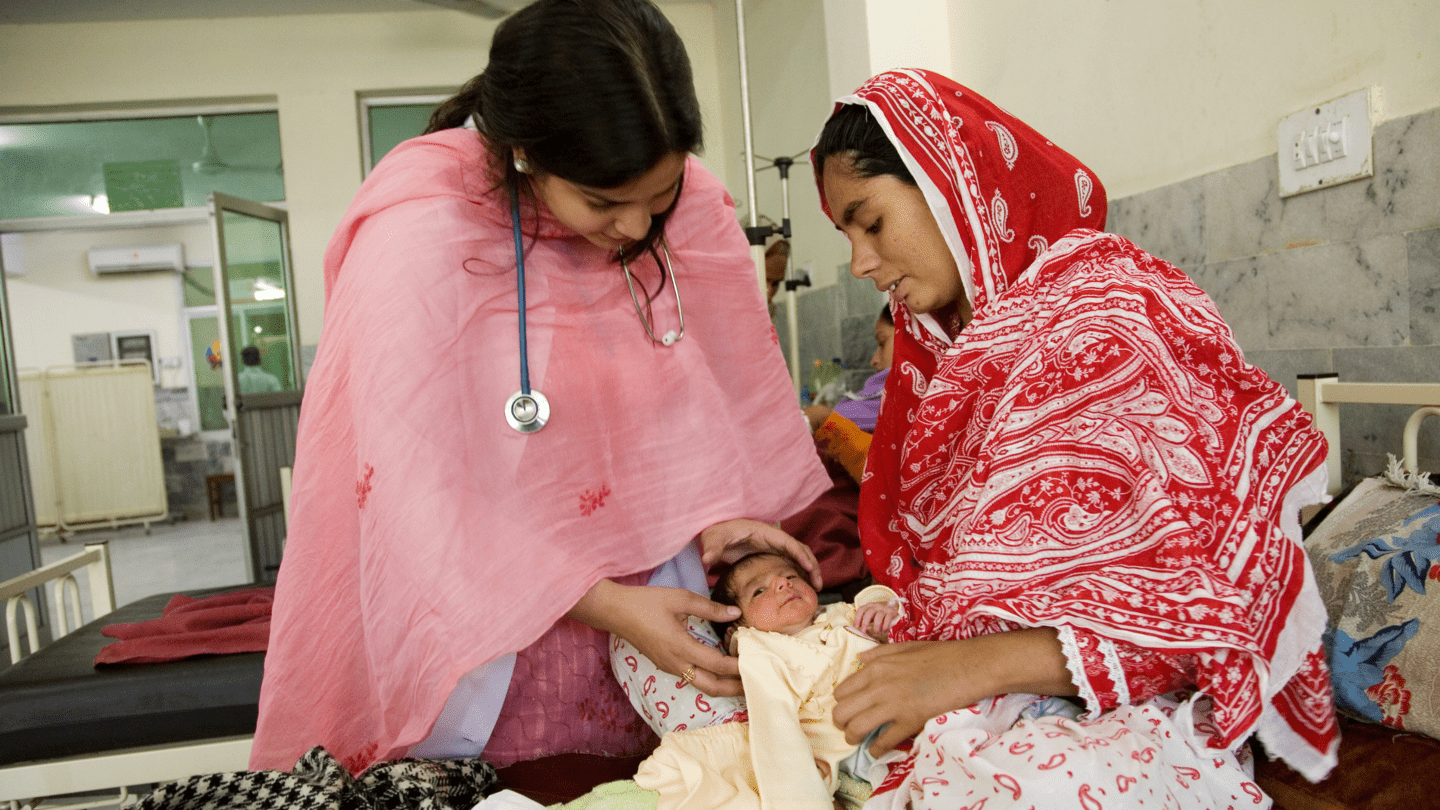Distinguished Delegates,
Dear Colleagues,
While I regret not being with you in person, I am pleased to join you in spirit on this World Health Day.
I commend WHO for organizing this event—Healthy Beginnings, Hopeful Futures—a vision that speaks directly to UNFPA’s mission.
Over the past two decades, strengthened health systems and expanded access to sexual and reproductive health services have contributed to a two third reduction in maternal mortality across Asia-Pacific. This is a remarkable achievement. And yet, progress remains deeply uneven.
Every day, approximately 150 women in the region die from preventable pregnancy-related complications—more than six lives lost every hour. Southern Asia alone accounted for 43,000 maternal deaths in 2023. The reality is clear: progress is happening, but it is neither fast enough nor equitable enough.
At the same time, we are witnessing intensified efforts to roll back reproductive rights, deepening inequality and threatening hard-won gains. The consequences are dire.
In Afghanistan, funding cuts to UNFPA have left 6.3 million women without access to life-saving maternal health services. In Myanmar, where communities are reeling from last week’s devastating earthquake, over 100,000 women are currently pregnant. Their needs must be prioritized—because their lives and the lives of their babies depend on it.
We face chronic underinvestment in maternal health beyond immediate humanitarian crises. A key challenge is the severe shortage of trained midwives—the cornerstone of maternal and newborn care. At least 200,000 more midwives are needed across Asia-Pacific.
Yet we know that midwives save lives—with the potential to prevent up to 40% of maternal and newborn deaths and 25% of stillbirths. That is why UNFPA is working with governments across 19 countries in Asia and more than 10 in the Pacific to enhance midwifery education through structured faculty development programs.
We also support countries in implementing Maternal and Perinatal Death Surveillance and Response Systems, ensuring that every maternal death is counted, analyzed, and used to drive life-saving improvements. And we are strengthening national frameworks for Emergency Obstetric and Newborn Care—aligning policies with global standards, improving supply chains for essential medicines, and building the competencies of healthcare workers.
In Asia-Pacific, UNFPA is leading the development of an investment case for these interventions, demonstrating the life-saving and economic benefits of scaling up midwife-led interventions. The results are clear: with universal coverage, 4.3 million lives could be saved by 2035.
4.3 million mothers, sisters, daughters, and sons. Surely, we can all agree that this is an investment worth making?
Every life saved opens the door to Healthy Beginnings and Hopeful Futures. And that is why today’s conversation is so critical—because we must start with HER, whoever SHE is and wherever SHE might be.
UNFPA remains committed to working with partners to advance these goals and I wish you fruitful deliberations.
Thank you.


